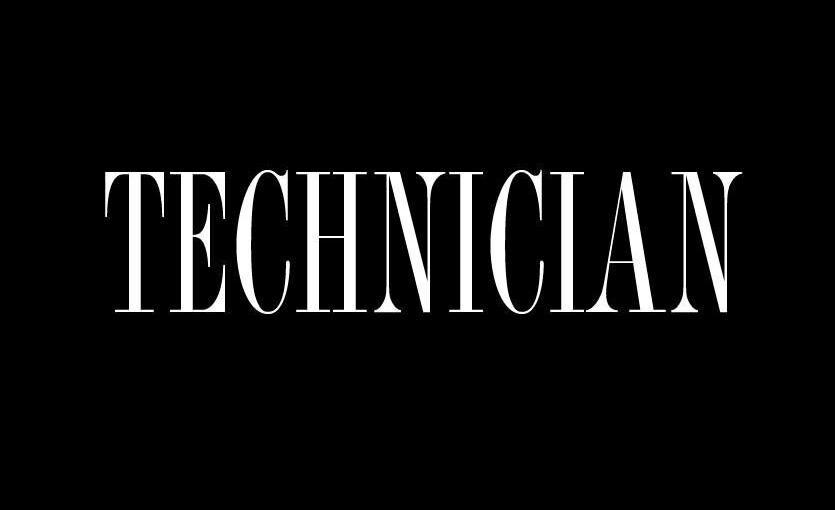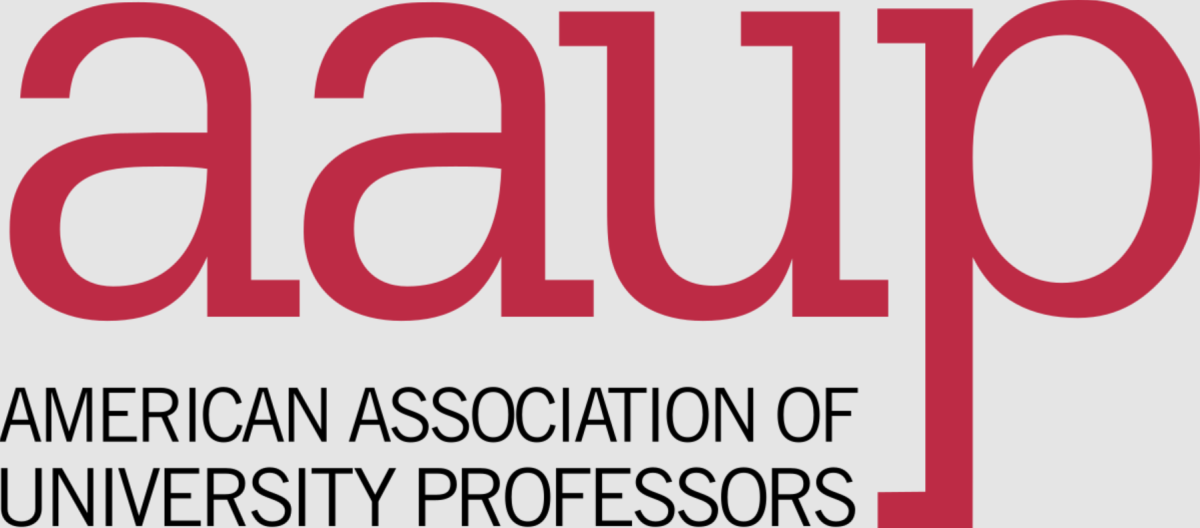As you’ve probably heard, Oklahoma is currently the epicenter for a growing movement that has actually been around for decades. More specifically, Oklahoma teachers right now are uniting to push for better funding for the classroom and better pay for their own livelihoods.
This movement has spread outside of the Sooner State, and stretched to many other states. As Politico reported, the influence of these strikes is being felt in Kentucky, Arizona and West Virginia, as teachers from those states, and even more, are beginning to stand alongside the Oklahoma teachers and voice their grievances.
And, yes, the impact has spread to our little corner of the country too. The North Carolina Association of Educators (NCAE) is planning an Advocacy Day on May 16 at the NC General Assembly in Raleigh, according to the organization’s Twitter account. The NCAE plans to speak and support the kinds of messages currently being pushed by the Oklahoma teachers.
The funding and pay of teachers is absolutely an issue that needs to be addressed and worked on with the ferocity that these protesting teachers are showing right now, despite what some members of the opposition might say. But in order to understand the frustration of the NCAE and their movement to change the treatment of teachers, we need to understand the North Carolina teachers’ situation today.
Educators have always been notoriously mistreated and underfunded by lawmakers and higher-ups. As far as teacher salaries go, the same problem exists in North Carolina today. A report released by the National Education Association ranked North Carolina public school educators’ salaries at 40th place in the country for 2015. While that may have been up from 47th place in 2013-2014, it’s not because teacher’s average pay went up, it’s because the average pay for teachers in other states went down.
Some, like Gov. Mary Fallin (R-Okla.), want to argue that these teachers are being selfish and foolish, and that the problem of their pay is not as severe as they make it out to be. Fallin herself stated in an interview with CBS news that these teachers demanding more pay and funding are like “having a teenage kid that wants a better car.”
Quotes like these are why I wonder if the majority of people who oppose higher teacher pay and funding even know about the statistics behind the money and the history of teachers’ struggles. To expand on Fallin’s statement, if these teachers are truly acting like teenagers that want “a better car,” it’s because they’ve been stuck with a rusted, broken-down old clunker for the past couple decades.
The positive results of raising pay and funding are numerous. First and foremost, it will finally give the people who work long, grueling hours in order to educate the next generation the rewards they deserve. Like I previously mentioned, the ignoring of teachers’ needs has gone on for a very long time now, but if the current protests are finally the turning point in this war, then better late than never.
Of course, more funds allocated towards educators would not only impact them, but the students as well. John Mackenzie with the University of Delaware wrote that he found a strong correlation between increased school budget and average student performance on the National Assessment of Educational Progress. This study is a strong indicator of the positive funding-performance relationship.
Underfunding isn’t just a problem that will just go away. In fact, I worry that it might just get worse. As science and technology improve, new school supplies and resources will become an absolute necessity if we want our up-and-coming students to stay up-to-date and be ready for the real world. But if funding remains as subpar as it is right now, that hope will never become a reality.
However, the results of increased funding and pay would not only be felt on the school-level. NC State would absolutely feel a strong, positive impact as well. As I argued in one of my previous articles, the positives and negatives that schoolteachers feel are felt by colleges too. Better funding and salaries means that students will have better learning materials and teachers who can spend more time that can spend more time teaching and less time worrying about paying their bills or moving to another state.
There are even more benefits than these, as the Institute for Policy Research at Northwestern Institute found, but, to summarize, this all means more and more teens will actually have the chance to strive for the colleges of their choice, such as NC State. I wish the NCAE, and all the educators currently protesting for what they rightfully deserve, the best of luck this week, and I hope that they can finally bring educators the credit and funding that they’ve always deserved.














